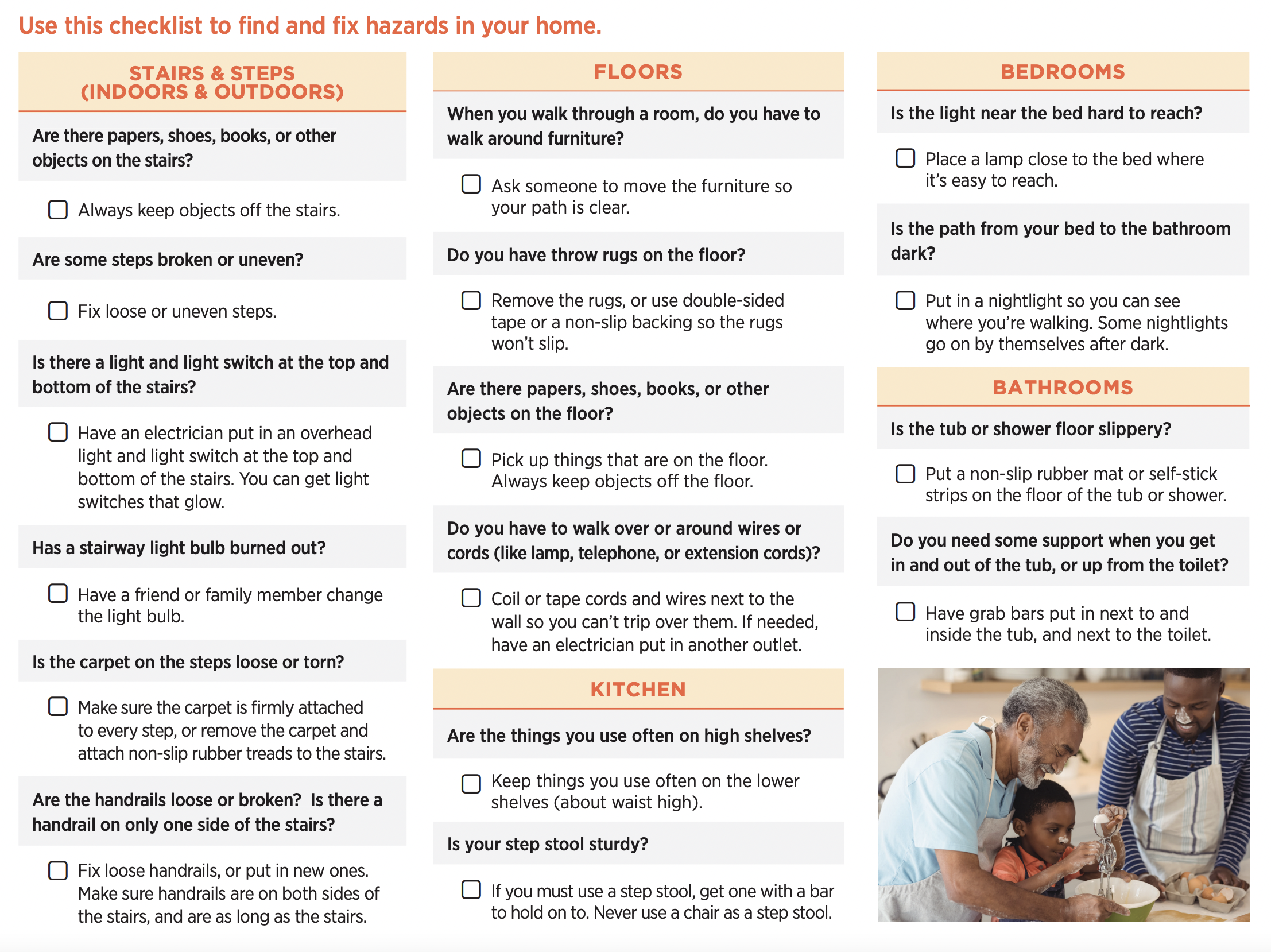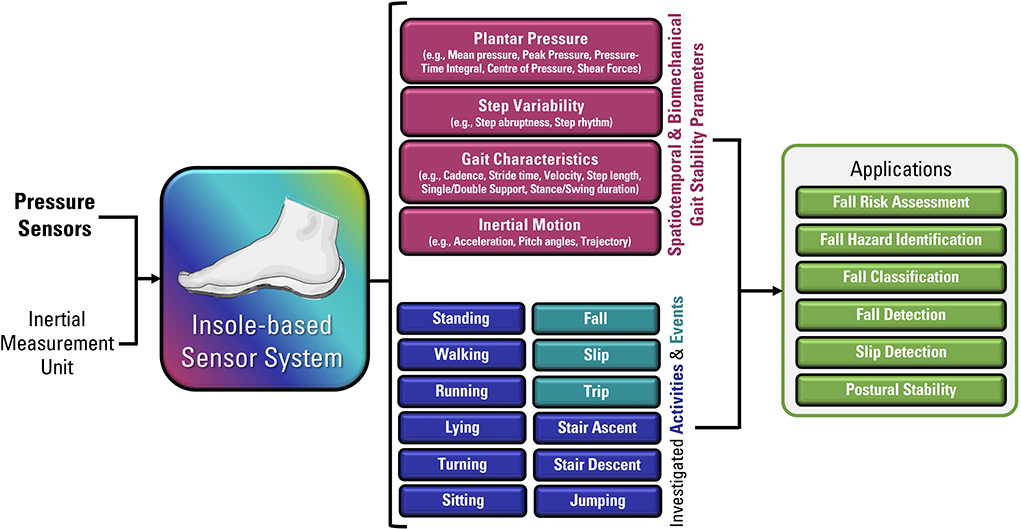What Does Dementia Fall Risk Mean?
Wiki Article
The Best Strategy To Use For Dementia Fall Risk
Table of ContentsThe Best Strategy To Use For Dementia Fall RiskDementia Fall Risk - QuestionsDementia Fall Risk for DummiesThe Greatest Guide To Dementia Fall Risk
A loss danger assessment checks to see how likely it is that you will certainly drop. The analysis typically consists of: This consists of a collection of inquiries regarding your general wellness and if you've had previous falls or issues with equilibrium, standing, and/or strolling.STEADI includes screening, analyzing, and treatment. Treatments are recommendations that may minimize your risk of falling. STEADI consists of three steps: you for your danger of succumbing to your threat aspects that can be enhanced to attempt to avoid falls (as an example, balance issues, damaged vision) to reduce your threat of dropping by making use of reliable strategies (for instance, supplying education and learning and resources), you may be asked a number of inquiries consisting of: Have you fallen in the past year? Do you feel unsteady when standing or strolling? Are you bothered with dropping?, your provider will certainly evaluate your stamina, balance, and gait, utilizing the adhering to loss assessment tools: This test checks your gait.
You'll sit down again. Your service provider will examine how much time it takes you to do this. If it takes you 12 seconds or even more, it may mean you go to higher threat for an autumn. This test checks toughness and balance. You'll sit in a chair with your arms crossed over your upper body.
The settings will certainly get harder as you go. Stand with your feet side-by-side. Move one foot midway ahead, so the instep is touching the large toe of your other foot. Move one foot totally in front of the other, so the toes are touching the heel of your various other foot.
Getting My Dementia Fall Risk To Work
Many falls happen as a result of several contributing elements; therefore, taking care of the danger of dropping begins with identifying the elements that contribute to fall danger - Dementia Fall Risk. A few of one of the most relevant threat aspects include: Background of previous fallsChronic clinical conditionsAcute illnessImpaired gait and balance, reduced extremity weaknessCognitive impairmentChanges in visionCertain risky medicines and polypharmacyEnvironmental elements can additionally boost the danger for falls, consisting of: Insufficient lightingUneven or damaged flooringWet or unsafe floorsMissing or harmed handrails and grab barsDamaged or poorly fitted tools, such as beds, mobility devices, or walkersImproper use of assistive devicesInadequate guidance of individuals staying in the NF, including those that exhibit aggressive behaviorsA successful fall risk management program calls for a comprehensive professional analysis, with input from all members of the interdisciplinary group

The care plan should additionally consist of interventions that are system-based, such as those that promote a secure atmosphere (appropriate illumination, handrails, get hold of bars, and so on). The performance of the treatments should be reviewed periodically, and the official site treatment strategy modified as necessary to show changes in the fall risk analysis. Applying an autumn danger monitoring system using evidence-based ideal technique can minimize the frequency of falls in the NF, while limiting the potential for fall-related injuries.
Our Dementia Fall Risk Statements
The AGS/BGS standard recommends evaluating all grownups matured 65 years and older for loss risk yearly. This testing consists of asking clients whether they have actually fallen 2 or even more times in the previous year or sought clinical focus for a fall, or, if they have actually not fallen, whether they feel unstable when walking.Individuals that have actually dropped when without injury ought to have their balance and gait evaluated; those with stride or balance abnormalities should get added evaluation. A history of 1 loss without injury and without stride or balance issues does not require more evaluation past continued annual fall threat screening. Dementia Fall Risk. An autumn danger analysis is required as part of the Welcome to Medicare assessment
.png)
The Ultimate Guide To Dementia Fall Risk
Documenting a falls history is among the high quality indications for fall avoidance and monitoring. A critical component of risk analysis is a medicine evaluation. A number of courses of drugs boost loss risk (Table 2). copyright medicines particularly are independent predictors of drops. These medications have a tendency to be sedating, change the sensorium, and impair balance and stride.Postural hypotension can commonly be relieved by decreasing the dose of blood pressurelowering drugs and/or stopping drugs that have orthostatic hypotension as a side result. Use above-the-knee support hose pipe and resting with the head of the bed raised may additionally decrease postural reductions in high blood pressure. The suggested elements of a fall-focused physical evaluation are revealed in Box 1.
Go Here

A Pull time better than or equivalent to 12 seconds suggests high loss danger. Being incapable to stand up from a chair of knee height without making use of one's arms suggests increased fall danger.
Report this wiki page